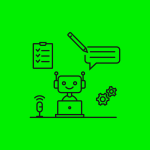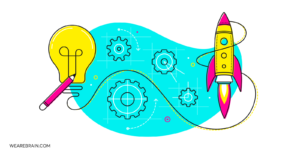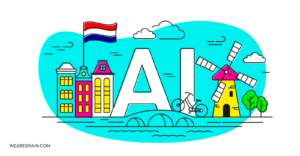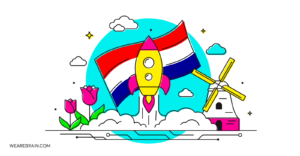Demystifying AI Part 7: Measuring AI maturity
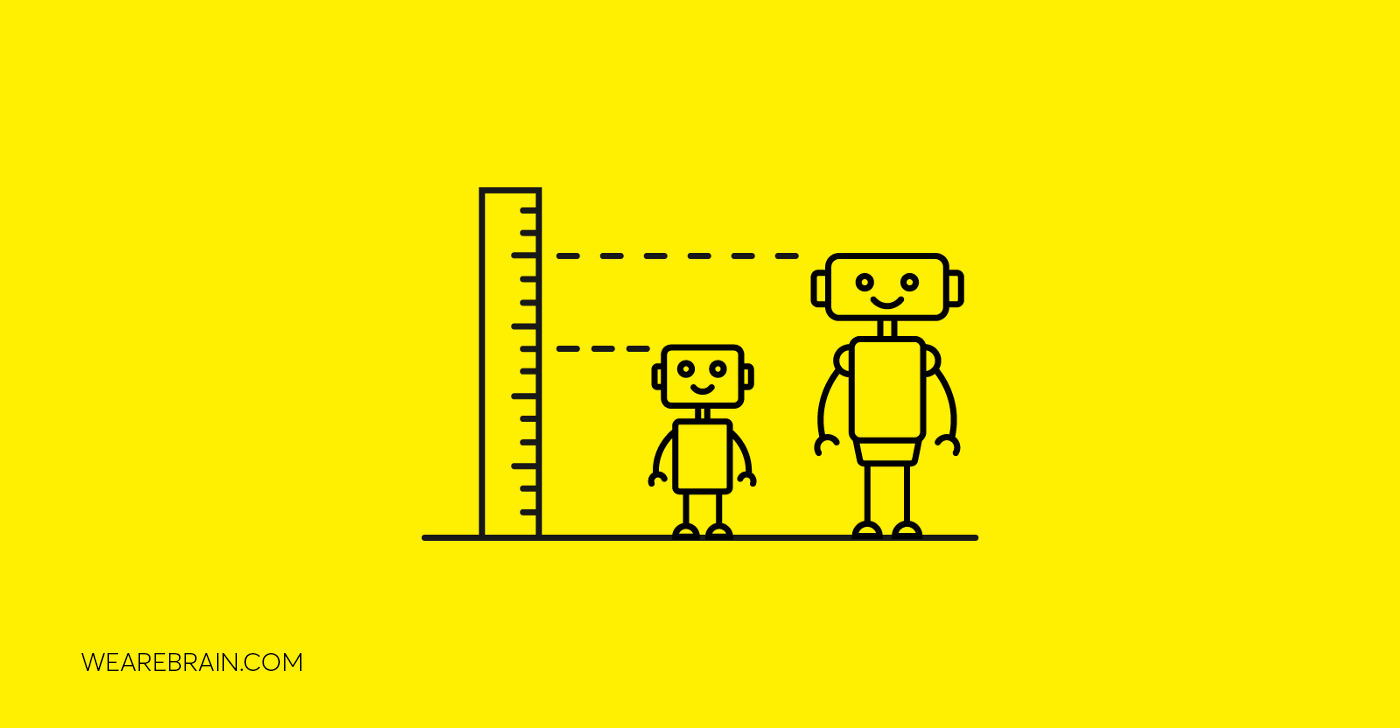
As you embark on your own AI journey it’s important to understand the capability and capacity of your proposed AI solution. The AI scoreboard is a model that can help you do that but that’s not all. In our last article in the Demystifying AI series, we define what AI maturity means by looking at three common AI tiers. We’ll also explain how to use an AI Scoreboard to correctly to determine the tier your AI solution fits in. Ready? Let’s get started.
Three different tiers of AI Maturity
If you’re a reader of our publication then you’ll know we’ve covered automation (in reference to AI solutions) in great detail and most specifically RPA and Enterprise Automation.
Automation is the first tier of AI solutions. It is the type of technology most frequently used by businesses who wish to automate processes within their organisation that are able to run mostly without human intervention. The role AI plays is to take over rule-based tasks and it works in an environment where a process is very clear and repetitive. A procurement process, for example, has a set of steps that need to be followed from a to b to onboard a new vendor. Automating the process would be fairly simple as the procedure to do this is the same each time it’s done.
AI-powered solutions have the ability to collect, process and analyse enormous amounts of data has the potential to lighten the load of more time-consuming and routine tasks, which in turn helps to augment the functions of your team.
As such, augmentation is the second tier of AI solutions. Let’s break it down a little. In the world of HR, one of the most time-consuming jobs is going through CVs. AI can be tasked with and has the ability to comb through the data listed on applicants CVs quickly and efficiently to find the right kind of candidates.
Now hiring is not just about what’s on paper. Frequently it has a lot more to do with the person themselves but you still need to make sure the person you’re interviewing has the requisite skill set. If you have a bot sorting through candidates to find those with the needed skills and presenting them to your HR team, you’re saving time and allowing them to get on with the human part of the HR function. In other words, Augmenting — rather than fully automating — HR functions will allow HR professionals to do what they have always done in a far more informed way, driven by data and science and without losing human insight.
The third tier is re-imagination and is the most complex and challenging. The tech itself can be quite simple, but the humans who build it need to be extremely smart AI and Data Science people with deep subject knowledge. You might have gathered from its name that it is about turning systems on their head and finding new and improved ways to do things through both automation and augmentation.
This is when you apply digital thinking to core enterprise technologies and business processes, and it involves inside-out, end-to-end operations focused changes. It involves looking at the core of operations within your enterprise and going through a complex but exciting process of reimagining how you could do business better with an AI solution that helps you change focus and grow.
Using ML, deep learning and neural network technologies, your AI solution can learn to surpass the cognitive ability of your human team in areas like voice transcription and image recognition among others, which will in turn help reduce errors that occur in day to day tasks.
Now that we’re clear on the tiers of AI, it’s time to get into the function of the AI Scoreboard…
What is an AI Scoreboard?
The AI scoreboard allows you to determine what tier your AI solution is sitting on. It measures an AI solution through 4 lenses: perception, learning, interaction and complex decision-making. Each of these categories reviews the capability of an AI solution based on a set of criteria. Sometimes an AI solution doesn’t sit firmly on one tier but mostly an automation solution will score a zero on all categories while a re-imagined solution will score a 2. Let’s take a look at the criteria for each level of AI maturity within each of the 4 categories.
Perception
- Automation: The application only needs technical data or flat files — score 0
- Augmentation: The application reacts to images or certain videos in a constraint environment — score 1
- Re-imagination: For example, the application takes video images as input — score 2
Learning
- Automation: The application is based only on static rules — score 0
- Augmentation: The application is built on predictive models built offline — score 1
- Re-imagination: The application leverages predictive models that are continuously optimised by the application itself — score 2
Interaction
- Automation: The application does not interact directly with humans — score 0
- Augmentation: The application interacts with humans in the form of personalised web interfaces (or similar) — score 1
- Re-imagination: The application interacts with humans in a “conversational” manner — score 2
Complex decision making
- Automation: The application provides only decisions or output (like a score) — score 0
- Augmentation: The application leverages complex systems and/or optimisation algorithms — score 1
- Re-imagination: The application combines several underlying models and optimisation systems in order to build advanced strategies — score 2
So… what’s the point?
More than anything, working with an AI scoreboard is a way to sense-check your AI solution. Does it have the capability it needs? Does it function the way it was intended to? Does it fall short in some way? Are you as good as you think? It also allows you to rank your AI solution so you’re very clear on what it’s supposed to deliver.
If it’s scored a zero across the board, then expecting a full re-imagination of how your business operates is a stretch too far and you’ll find yourself disappointed. Knowing what your AI can do and how it does it is key to success. The scoreboard also clearly outlines the kinds of technology and capability your AI solution will need per tier so you’ll always be able to refer back to it as your checklist for when you’re building and optimising it.
Everything we’ve shared in this series on AI should be added to your AI toolbox. Using the canvases and this scoreboard will help your project stay on track and will also remind you of what you need to have done or get done to progress to the next part of your build.
If you’ve missed any articles in the series you can find the links below.
In closing
While this is the last instalment of our Demystifying AI series we would really love to get some feedback from you. Is there anything else AI related that you just can’t wrap your head around and would like us to tackle? Feel free to contact us.
- Part 1: What does an AI engineer do all day?
- Part 2: Exploring the industries which benefit from artificial intelligence
- Part 3: Getting started with an AI strategy and roadmap
- Part 4: What is an AI Canvas and how do you use it?
- Part 5: Using a Machine Learning Canvas
- Part 6: Machine Learning vs Deep Learning — what’s the difference?
Mario Grunitz
Working Machines
An executive’s guide to AI and Intelligent Automation. Working Machines takes a look at how the renewed vigour for the development of Artificial Intelligence and Intelligent Automation technology has begun to change how businesses operate.


